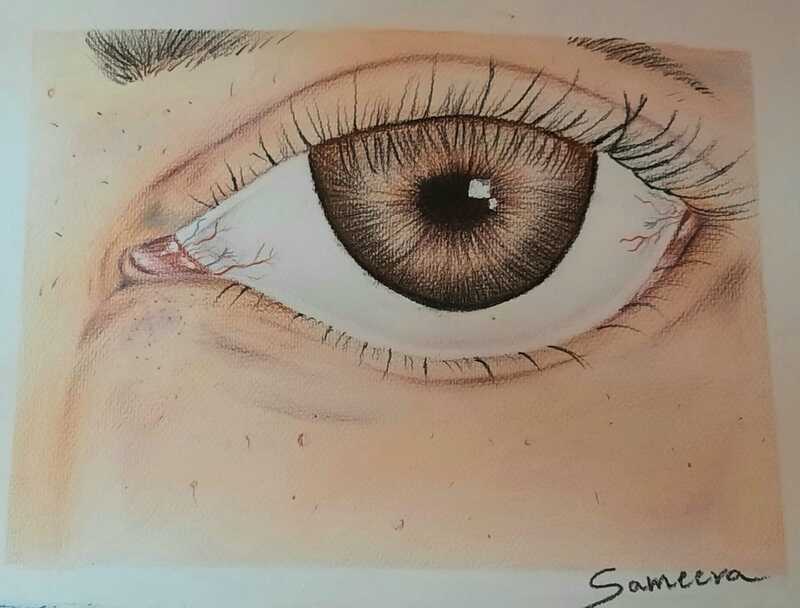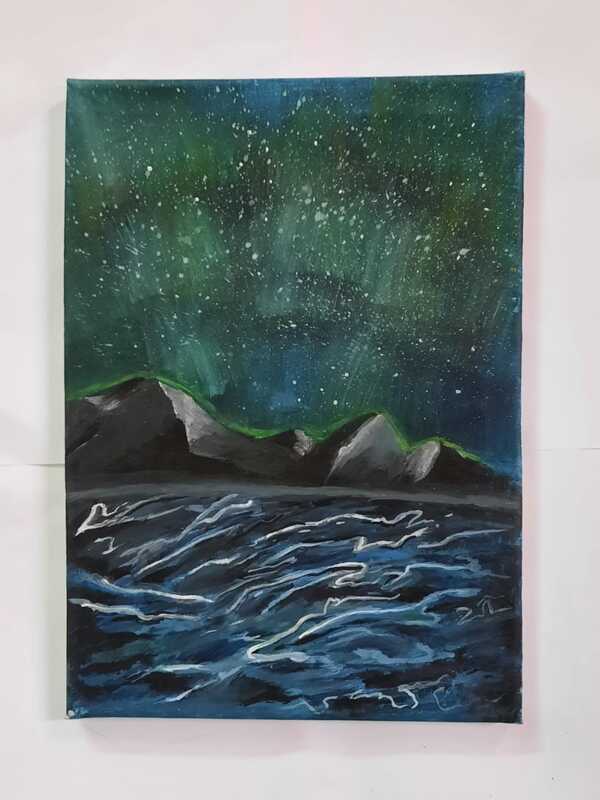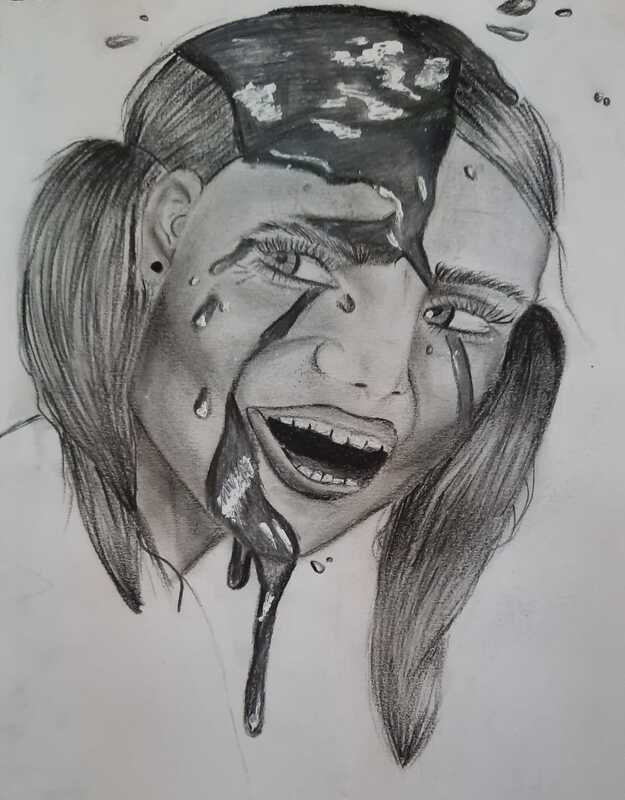|
By Aaron Zhang “Whenever I owned a color pencil set, there were always ten different shades of colors for white people, but there would only be two browns or one black,” Sameera Parveen recalled. She has faced other racial inequities in daily life—racist comments on YouTube and art videos depicting only white people—but this color pencil observation hurt her the most. “I had to find my own way to mix all the purples, blues, and greens to make the brown or black.” Parveen, a 13-year-old visual artist and content creator, learned her craft from YouTube tutorials. Since March 2020, she’s studied videos on painting, gouache, color pencils, and color theory – many of which she watched four or five times until she remembered exactly what the next line would be. Parveen’s research led her to start sketching family members and people, where she found a passion for color theory—layering, shading, and mixing her palette to achieve certain hues. “You won’t always get the perfect brown or the perfect skin tone,” she said, describing how she layers purples, then blues, then greens to color her portraits. Parveen works mostly with charcoal and color pencil, preferring to use minimal materials to experiment and mix tones. This study of color fascinates her for its techniques, theories, and inherent manner of representation – what brown, black, beige, or bronze does not evoke skin? Parveen’s fascination with color theory came from necessity. In part due to the limited shades of dark skin tones and in part due to limited access to art resources, she has had to mix colors and share materials with classmates. “I sometimes feel embarrassed about it because I don't have any professional-level art supplies,” she said. However, she has grown to realize that art is “a medium through which we express ourselves, and the supplies should never be the main concern.” This is Parveen’s work: she is her own resource. A color pencil set does not have the right shade of brown? Mix greens, blues, and purples to perfection. Having trouble recreating an artist’s work? Sketch your family until it works. Parveen is building her own art education, one video at a time. And this includes her own videos. Parveen started making time lapses of her work in July of 2020. When she began, she only saw light-skinned YouTubers drawing light-skinned subjects. So when it came to posting videos, Parveen—a South Asian—was concerned that her hands were showing: “I just thought it looked too ugly and made my art have less worth.” When she came across Youtubers who talked about representation and showed dark-skinned people in their work, however, Parveen realized the error in her thinking. Suddenly, “I felt that I wasn't alone. I think finding people like myself gave the meaning behind my art.” Drawing from new themes and experiences, Parveen’s work came to explore history and the peoples and tribes of India. She started sending her work into publications and recalled that they liked her work and provided genuine feedback. Nevertheless, people also undermined her because of her age. This, coupled with the fact that she did not see people talking about age equity, saddened her; “age should not define your abilities to do something or learn something,” she said. Parveen is proof of this philosophy: she is the co-founder of the magazine Inertia Teens, a mental health initiative. She also published a piece in the third issue of Revolution Publication, a literary magazine. “Age should never be the matter,” she said. “If I feel like I'm comfortable talking about racism or the environmental issues, I should talk about it, regardless of what age I am.” For Parveen, talking about racial equity – telling and creating stories of representation – is key. There is not always representation of racism or how to deal with it in classrooms; “if it isn’t taught or shown that such things exist,” she said, “when somebody encounters a racist person, it will hurt ten times more.” In her work as an artist, content creator, mental health advocate, and young person doing everything, Parveen is inspired to represent her story. She makes her own colors, and she develops her own art education; Sameera Parveen crafts her own means and meanings. All images by Sameera Parveen.
0 Comments
Your comment will be posted after it is approved.
Leave a Reply. |
Archives
February 2023
Categories
All
|



 RSS Feed
RSS Feed